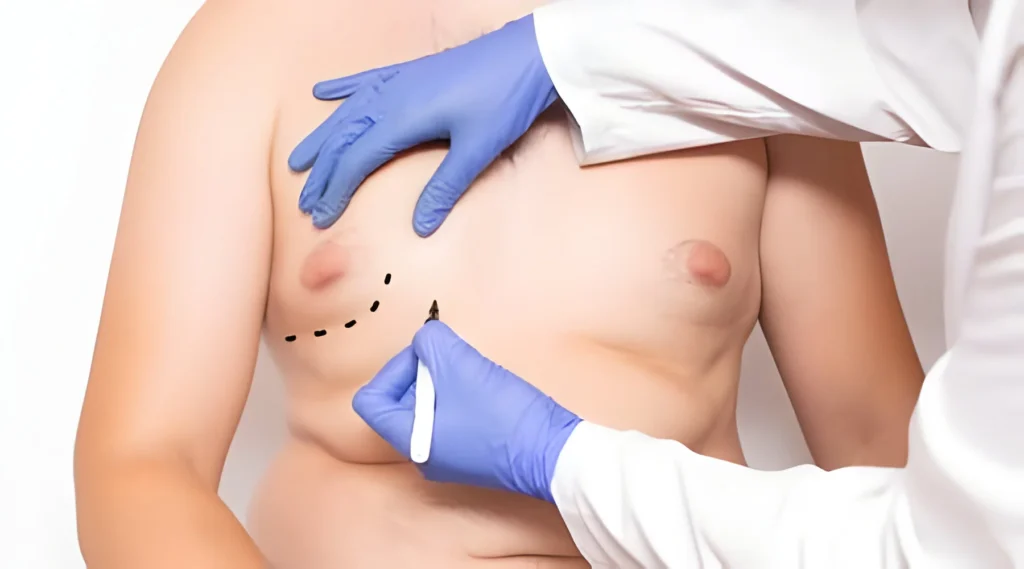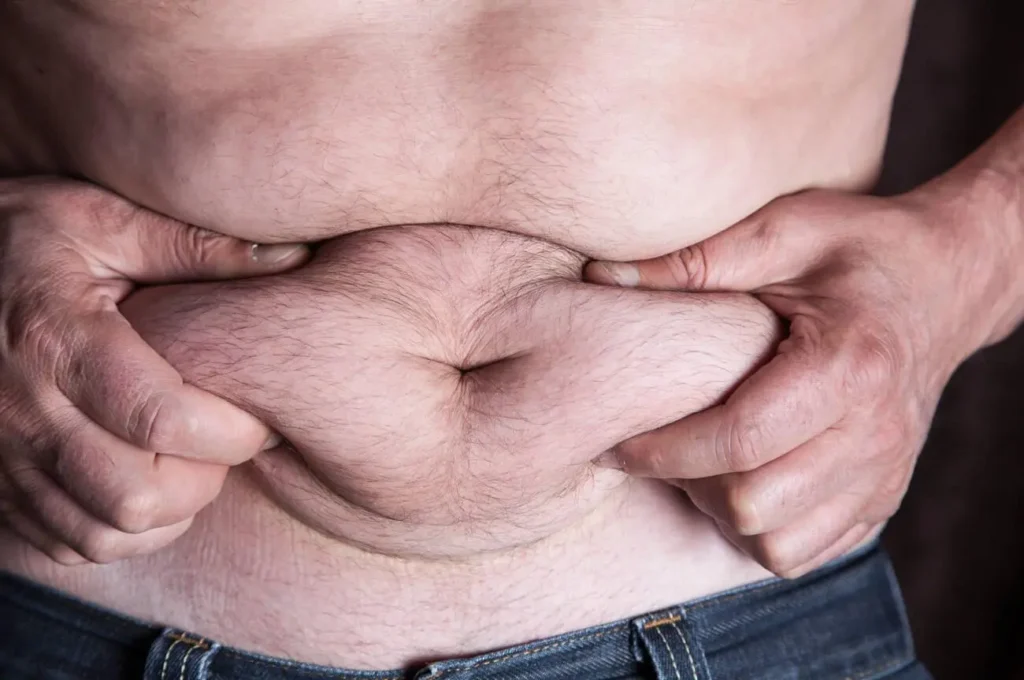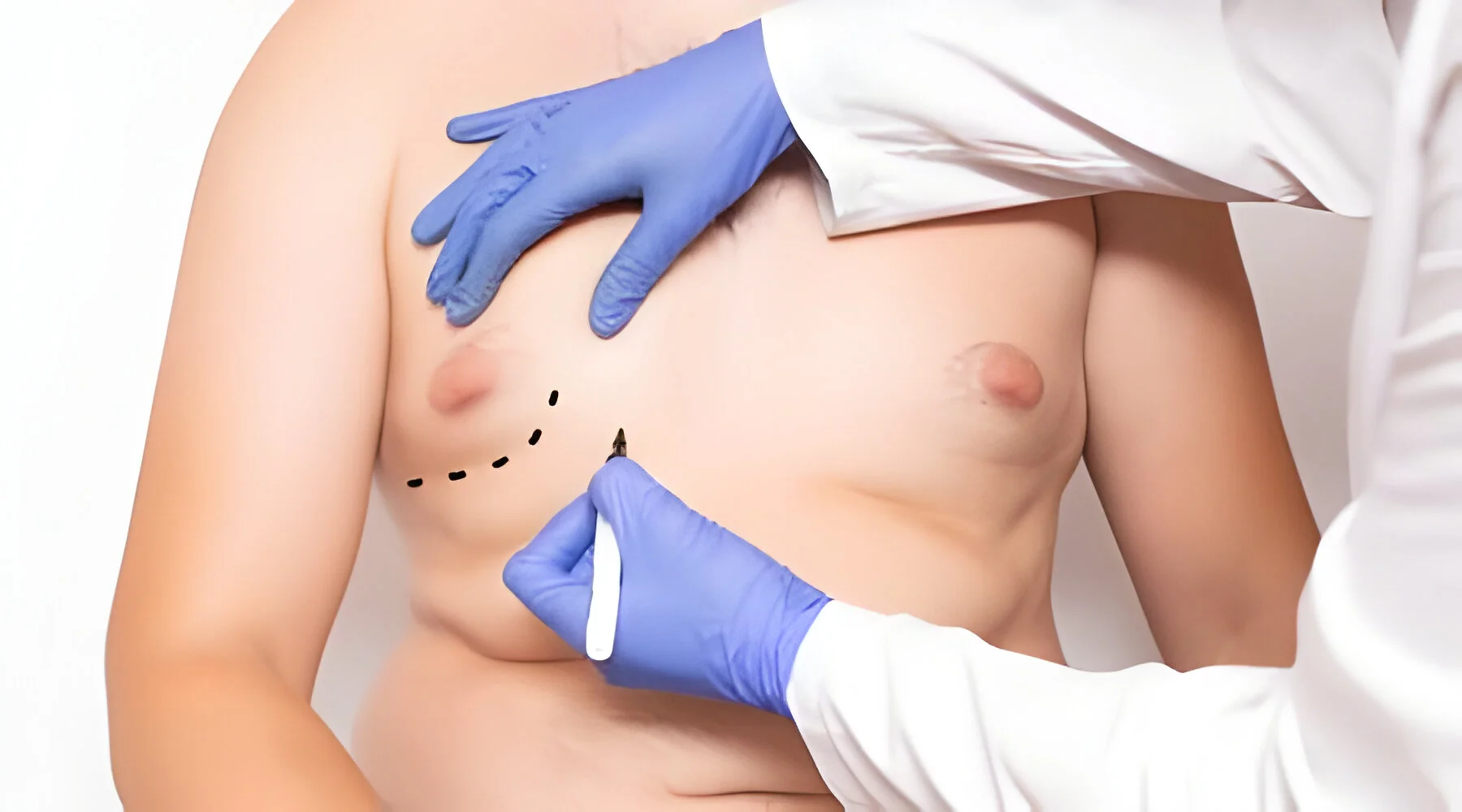
Have you ever wondered what causes puffy nipples in men?
Hormonal imbalances, certain exercises, and excess body fat can all play a role in this condition.
We explore the causes of puffy nipples and discuss various treatment options, including hormonal treatments, surgical options, and lifestyle changes.
Find tips on how to prevent puffy nipples and when it might be necessary to see a doctor.
Stay tuned to learn more about this common concern among men.
What Are Puffy Nipples?
Puffy nipples refer to swollen or protruding nipples in men, often causing discomfort or self-consciousness. This condition can stem from various underlying causes and varies in severity.
Common symptoms include nipple sensitivity, tenderness, and swelling, worsened by hormonal changes or certain medications. Although usually harmless, puffy nipples can lead to body image concerns and lowered self-esteem.
A significant portion of the male population experiences puffy nipples at some point, indicating its widespread prevalence.
What Causes Puffy Nipples in Men?
Puffy nipples in men can stem from hormonal imbalances, chest-focused exercises like weightlifting, and fat accumulation around the nipple area. Hormonal shifts, particularly in estrogen and testosterone, are key contributors, leading to breast tissue enlargement. Activities such as bench presses may cause inflammation. Ill-fitting clothing or intense physical activity can worsen the condition through chafing
Hormonal Imbalances
Hormonal imbalances, particularly in testosterone and estrogen levels, can contribute to the development of puffy nipple in men. Conditions such as gynecomastia, characterized by the enlargement of male breast tissue, often stem from hormonal disruptions.
Testosterone is a key hormone in male development, responsible for muscle mass, bone density, and hair growth. When testosterone levels drop, and estrogen levels rise, it can lead to an imbalance that affects the breast tissue, resulting in puffy nipples.
Gynecomastia may occur as a result of this hormonal shift, causing the glandular tissue to swell and become more prominent. This condition can be distressing for men, impacting their self-esteem and confidence.
Certain Exercises and Chafing
Specific chest-targeting exercises like weightlifting or inadequate warm-up routines can cause chafing and inflammation around the nipple area, leading to puffy nipples. Intense chest-focused cardiovascular activities can worsen this condition.
Regularly performing intense workouts emphasizing pectoral muscles increases susceptibility to chafing and nipple swelling. To address this, proper technique and suitable clothing materials should be prioritized to minimize friction and irritation. Incorporating chest-strengthening exercises with mindful warm-up and cool-down routines helps prevent chafing-related issues
Excess Body Fat

Excess body fat, particularly around the chest area, can cause puffy nipples in men. Noninvasive fat reduction techniques or surgical procedures like liposuction may be options to address this.
Puffy nipples due to excess body fat can cause embarrassment and health concerns. Accumulating fat in the chest region increases the risk of cardiovascular diseases.
Managing body fat levels is crucial for reducing puffy nipple and promoting overall health. A balanced diet rich in fruits, vegetables, lean proteins, and whole grains, along with regular exercise, can help achieve a healthier body composition.
How Can Puffy Nipples Be Treated?
Treatment options for nipples in men encompass hormonal interventions, surgical procedures, and lifestyle modifications tailored to address the root cause of the condition. Each approach aims to alleviate symptoms and restore a more natural chest appearance.
Hormonal therapies involve medications that regulate hormone levels which may be causing the puffiness, such as anti-estrogens or testosterone replacement. Surgical interventions, such as mastectomy or tissue excision, are considered for severe cases where other methods have not been effective. Lifestyle adjustments including diet changes and exercise routines can also play a role in reducing the appearance of puffy nipple.
Hormonal Treatments
Hormonal treatments, including testosterone replacement therapy or herbal supplements like Ashwagandha, may be recommended to regulate hormone levels and reduce swelling linked to puffy nipples in men.
Testosterone replacement therapy balances hormone levels, easing symptoms of conditions like gynecomastia that contribute to puffy nipples. Ashwagandha, an Ayurvedic herb, is recognized for its ability to support hormonal balance and reduce inflammation, offering a natural alternative for those seeking non-pharmacological remedies.
Surgical Options
Surgical options for treating puffy nipples in men may include procedures like mastectomy or tissue excision, aimed at removing excess breast tissue and restoring a flatter chest contour. These interventions are commonly recommended for severe cases.
Mastectomy involves the complete removal of breast tissue, making it a more radical option. On the other hand, tissue excision targets specific areas of excess tissue, offering a more localized approach. Although these procedures can effectively address the issue of nipples, they carry inherent risks such as infection, scarring, or changes in nipple sensation. The benefits of surgical interventions often outweigh the risks, providing individuals with long-lasting improvements in self-confidence and body image. Consulting with a qualified plastic surgeon is crucial to determine the most suitable surgical solution based on individual needs and expectations.
Lifestyle Changes
Incorporating lifestyle changes such as maintaining a healthy weight, regular exercise, and wearing appropriate clothing, including nipple covers during physical activities, can help manage and prevent puffy nipples. These modifications also promote overall well-being and address related health concerns.
By adhering to a balanced diet and staying hydrated, individuals can support hormone regulation and reduce the risk of hormonal imbalances, which may be linked to the development of puffy nipples.
Engaging in strength training exercises can help build chest muscles and improve the chest’s appearance, including reducing the prominence of puffy nipples.
The use of compression garments during workouts can provide support and minimize nipple protrusion. These proactive measures contribute not only to physical aesthetics but also to self-confidence and emotional well-being.
How Can Puffy Nipples Be Prevented?
Preventing puffy nipples in men entails maintaining a healthy weight through balanced nutrition and regular exercise, steering clear of chest-focused workouts that could worsen nipple inflammation, and choosing supportive clothing to minimize friction and irritation.
One crucial aspect in preventing puffy nipples is to focus on weight management. Excess body fat can lead to hormonal imbalances and fat deposition around the chest area, contributing to the development of this condition. By incorporating
- cardiovascular exercises
- strength training
- core workouts
in your fitness routine, you can not only improve overall body composition but also target areas prone to puffy nipples.
Maintain a Healthy Weight
Maintaining a healthy weight through proper diet and exercise is crucial for preventing puffy nipples in men. Incorporating natural remedies like fenugreek seeds may also help balance hormones and reduce the risk of conditions like breast cancer.
A diet rich in lean proteins, fiber, and essential nutrients supports weight management and hormonal balance, preventing puffy nipples. Regular physical activity, including strength training and cardiovascular exercises, enhances metabolism and promotes fat loss. Fenugreek seeds, with their phytoestrogenic properties, can regulate hormone levels, potentially reducing the risk of gynecomastia and related issues.
Avoid Certain Exercises
Avoiding exercises that overly stress the pectoral muscles or lead to chafing can significantly reduce the risk of developing fat nipples in men. Opt for chest workouts that focus on muscle engagement without causing excessive strain on the nipple area.
Choosing the right exercises not only aids in preventing puffy nipples but also promotes overall chest development. Exercise selection plays a crucial role in ensuring that the chest muscles are worked effectively while minimizing the risk of nipple irritation. Focus on movements that target the chest without causing friction against clothing, which can exacerbate chafing and discomfort. Incorporating a variety of chest exercises, such as bench presses, push-ups, and cable flies, can provide a well-rounded workout that challenges the muscles without compromising nipple health.
Wear Proper Clothing
Choosing appropriate clothing, such as supportive sports bras or nipple covers, can reduce friction and irritation around the nipple area, preventing puffy nipples. Proper attire not only enhances comfort during physical activities but also provides optimal support for reproductive organs.
Selecting garments that offer adequate support and minimize chafing effects is crucial during physical activities to avoid discomfort or inflammation around the nipples. Nipple covers and protective gear are beneficial, especially during intense workouts or contact sports.
Wearing the right attire promotes proper blood circulation and temperature regulation in the reproductive system, supporting overall reproductive health. Opting for well-fitted, breathable fabrics and avoiding tight clothing is essential to prevent constriction that may affect blood flow to the reproductive organs.
When Should You See a Doctor?
Consulting a healthcare provider is advisable if persistent puffy nipples are accompanied by unusual discharge, pain, or changes in breast tissue. Individuals with a family history of breast cancer or reproductive health concerns should seek medical evaluation promptly.
Seeking medical advice for persistent nipple issues is crucial for early detection and management of underlying health problems. Unusual symptoms like bleeding, lumps, or changes in skin texture around the nipples should not be ignored, as they could indicate more serious conditions.
Regular check-ups, especially for those at higher risk due to family history or reproductive health concerns, are vital for early detection of potential issues, including breast cancer. Taking proactive steps and consulting healthcare professionals can offer peace of mind and potentially life-saving interventions.
Conclusion
Addressing puffy nipples in men requires a comprehensive approach considering hormonal balance, lifestyle changes, and medical interventions. Integrating natural remedies like turmeric or ginger into daily routines may complement conventional treatments, emphasizing holistic care for nipple health.
A holistic approach involves not only treating physical symptoms but also addressing underlying hormonal imbalances and lifestyle factors. Embracing natural remedies such as turmeric or ginger can offer antioxidant and anti-inflammatory properties, aiding in reducing inflammation and tenderness in the nipples.
Consulting with a healthcare professional is crucial to rule out underlying health issues and discuss potential risks like breast cancer, which may present with symptoms like puffy nipples.
Frequently Asked Questions
Puffy nipples in men can be caused by various factors such as hormonal imbalances, certain exercises and chafing, and excess body fat.
Hormonal imbalances, specifically elevated levels of estrogen, can lead to the growth of breast tissue in men and result in puffy nipples.
Yes, exercises that target the chest muscles, such as bench presses and push-ups, can cause puffy nipples due to inflammation and swelling of the breast tissue.
Friction from tight clothing or constant rubbing against the chest area can cause irritation and inflammation, leading to fat nipples in men.
Yes, excess body fat can cause hormonal imbalances and increase the amount of estrogen in the body, leading to the development of fat nipples in men.
Treatment options for nipples in men include medication to balance hormones, surgical removal of excess breast tissue, and lifestyle changes such as maintaining a healthy weight and avoiding tight clothing.
